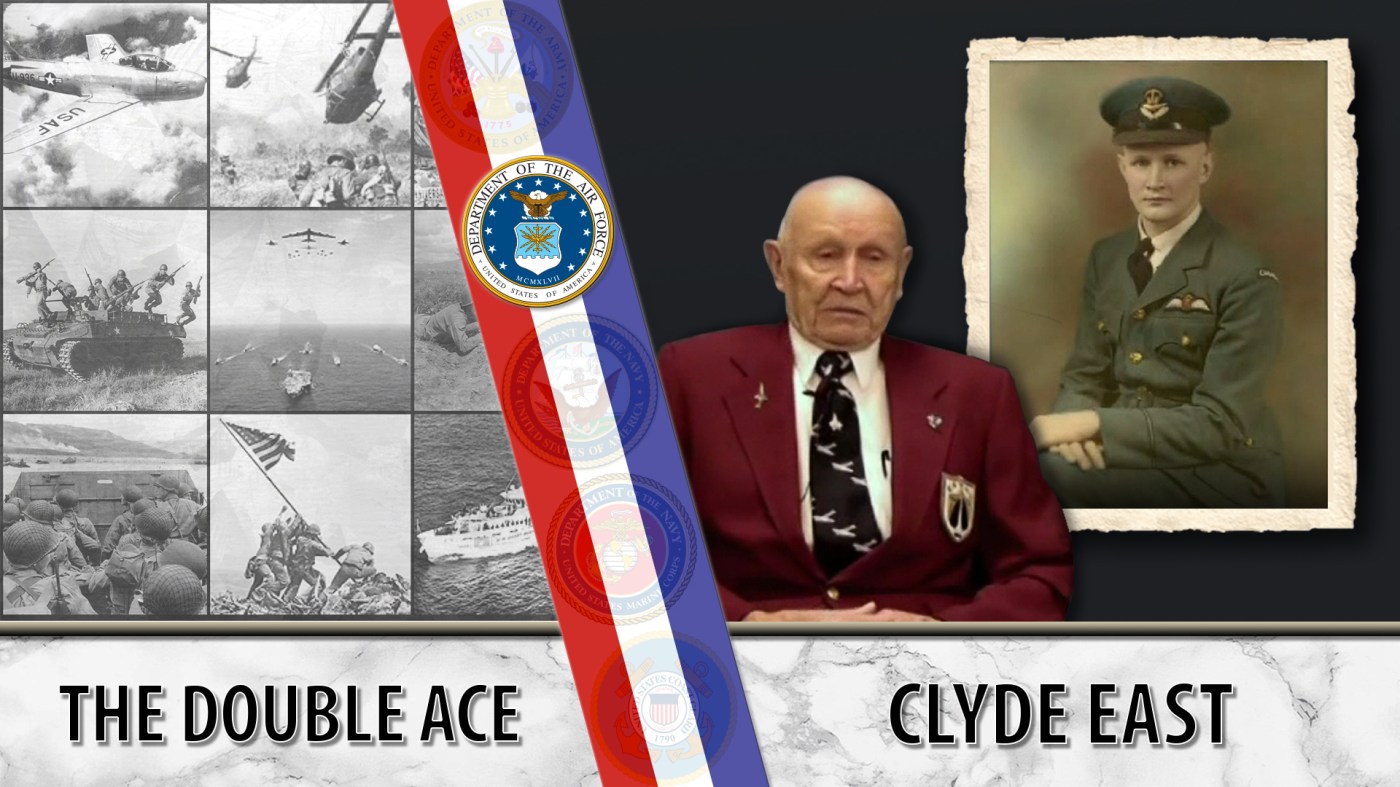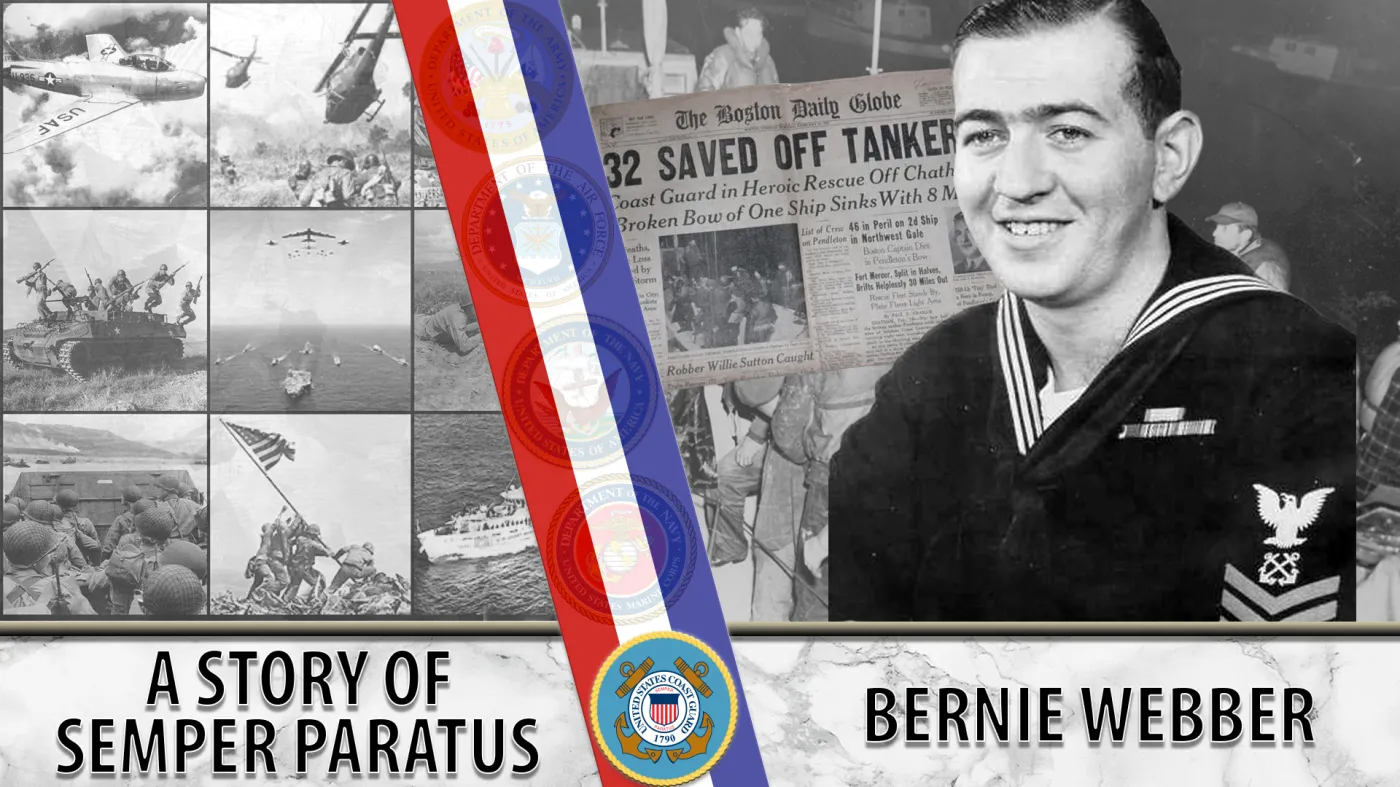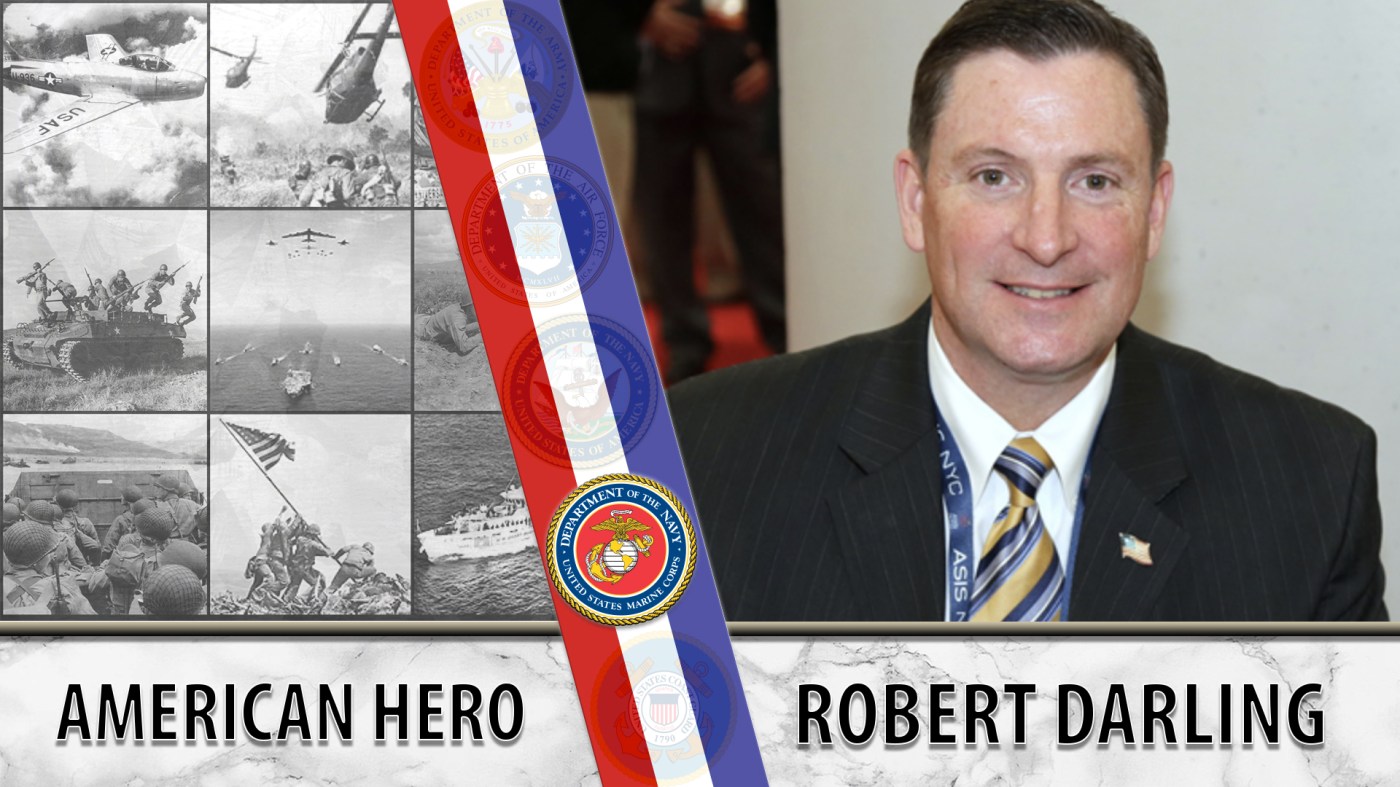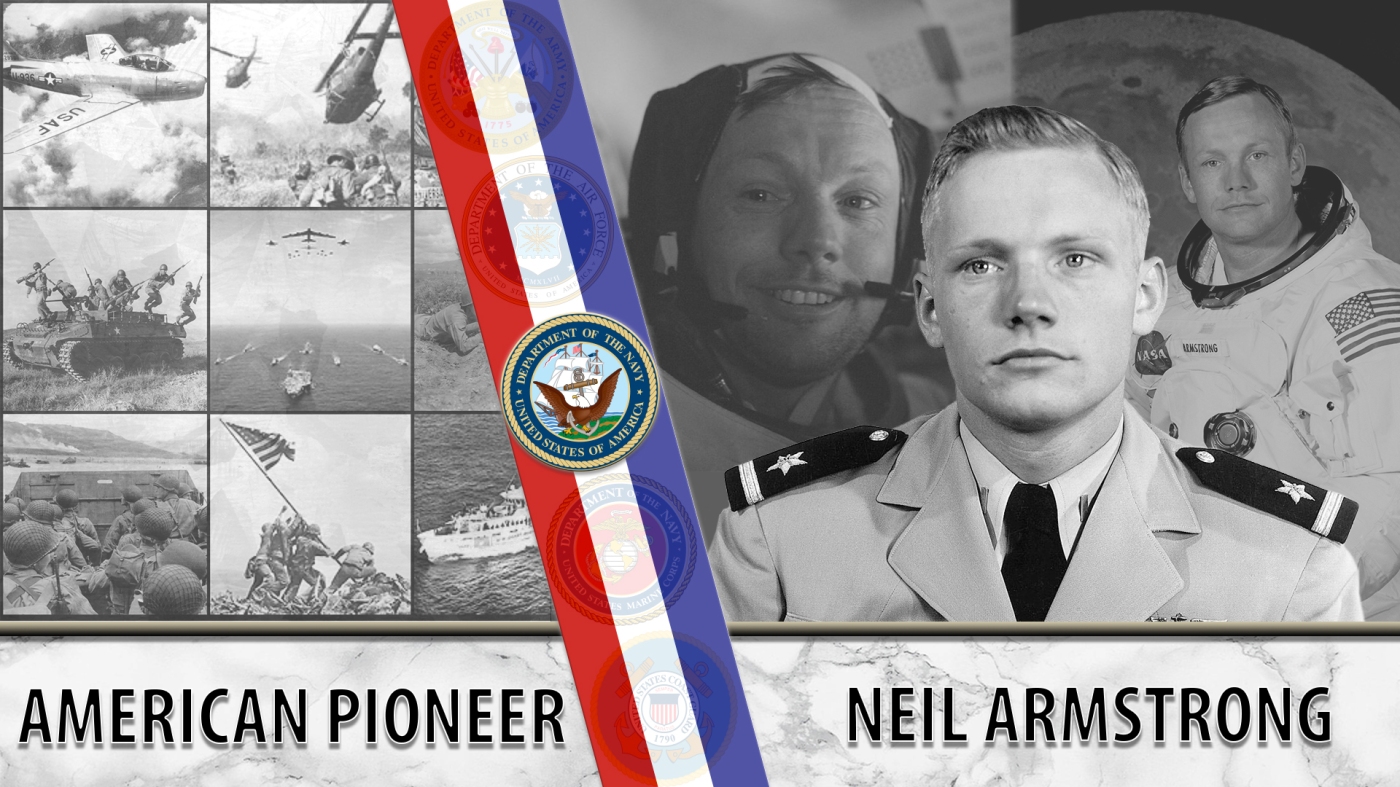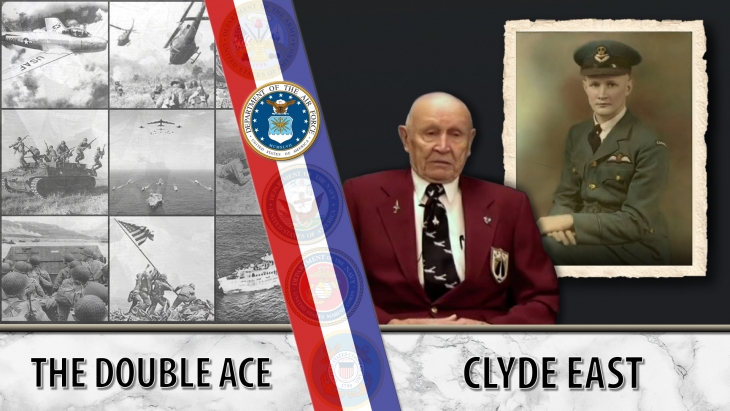
Clyde East served in the Air Force for 25 years, once holding a record for the highest number of repeat combat medals earned during service.
During the Blitz of London, Clyde East considered joining the Royal Canadian Air Force (RCAF) to fulfill his longtime dream of flying. In June 1941, he traveled to Canada and enlisted as an aircrewman in the RCAF. He later stated in an interview for the Library of Congress Veterans History Project that he “had considered the possibility of going into the American Air Force as a flying cadet, but [he] wasn’t old enough at the time [and didn’t have the education requirements].”
Following his enlistment, East attended flying school at the RCAF Station Dunnville in Ontario. He graduated in November 1942 and was sent to England where he was assigned to the No. 414 squadron. This squadron provided photo reconnaissance, intelligence and ground attacks by flying missions in France, Germany, Holland and Belgium. East’s missions involved noting enemy road, rail and river traffic, the conditions of marshaling yards, airfields, as well as reporting the results of previous air strikes.
By this period, the U.S. had entered the war. After some consideration, East transferred into the U.S. Army Air Forces as a captain in January 1944. Following his transfer, East flew both reconnaissance and combat missions as the Allies prepared for D-Day.
On June 6, 1944, East flew a P-51 Mustang as the flight leader of the 15th Tactical Air Command at the request of Gen. Dwight D. Eisenhower. According to a May 2002 article, while the landing was in progress, East’s squadron caught a group of German Focke-Wulf 190’s in a landing pattern over Laval, France. East shot down the first aircraft and became the first American pilot to shoot down a German plane on D-Day.
During the Battle of the Bulge in the winter of 1944-45, East continued to provide aerial support as the Allies pushed east to Germany. On one mission, he oversaw Third Army artillery attacks on rail marshaling yards at the town of Trier near Luxembourg. After Germany surrendered in May 1945, East’s unit prepared to transfer to the Pacific for the planned invasion of Japan. When the Japanese surrendered in August, East returned to the U.S. During his RCAF and Air Forces World War II service, he flew 250 missions, amassing 400 flight hours and 13 aerial victories.
After returning from Europe, East remained in the U.S. Army Air Forces and became a flight commander in the 1st Air Force squadron. His unit was assigned to fly the new jet-propelled RF-80A “Shooting Star.” When the Korean War broke out in 1950, East returned to combat and flew 130 missions, during which he was promoted to major.
Following the Korean War, East served as the reconnaissance squadron commander at Shaw Air Force Base in South Carolina, where he trained new pilots for combat. After working as an advisor for the Italian Air Force for three years, East returned to the U.S. to attend the U.S. Air Force War College at Maxwell Air Force Base in Alabama. In 1959, he was promoted to lieutenant colonel and was made the squadron commander of Laon-Couvron Air Base in Laon, France.
During the fall of 1962, East served as detachment commander during the Cuban Missile Crisis. East flew numerous visual and photographic missions over Cuba. In 1964, he commanded a unit deployed to South Vietnam in response to the Gulf of Tonkin incident at the start of the Vietnam War.
After 25 years of service, East retired from the Air Force as a lieutenant colonel in February 1965. He received numerous medals for his service, including aSilver Star, five Distinguished Flying Crosses and 42 Air Medals. At one point, East held the record for the highest number of repeat combat medals.
Although East retired from active service, he worked as a military analyst for the RAND Corporation in Santa Monica, California, until his retirement in 1993. He was an active member of the Veterans group Wings Over Wendy’s in West Hills, California. In 2013, he authored his autobiography, “The Way It Happened,” and in 2014, he was inducted into the American Heroes Gallery at the Ronald Reagan Presidential Library, which now houses his medals from his service.
“I’d watch other Veterans come up to Dad and shake his hand with a look of awe in their eyes – like they were touching a piece of walking, talking history,” recalled Suzy Danner, one of East’s three daughters in a July 2014 article.
East died in June 2014. He was 93.
We honor his service.
Writer: Sarah Concepcion
Editors: Julia Pack, Katherine Berman
Researchers: Carl Wessln, Kelly Wun
Graphic Designer: Kiki Kelley
Topics in this story
More Stories
Bernie Webber led one of the greatest Coast Guard rescues in history that was later chronicled in the book and movie, “The Finest Hours.”
As the events of 9/11 unfolded, Marine Veteran Robert Darling served as a liaison between the Pentagon and Vice President Dick Cheney in the underground bunker at the White House.
NASA astronaut Neil Armstrong was the first person to walk on the moon. He was also a seasoned Naval aviator.

